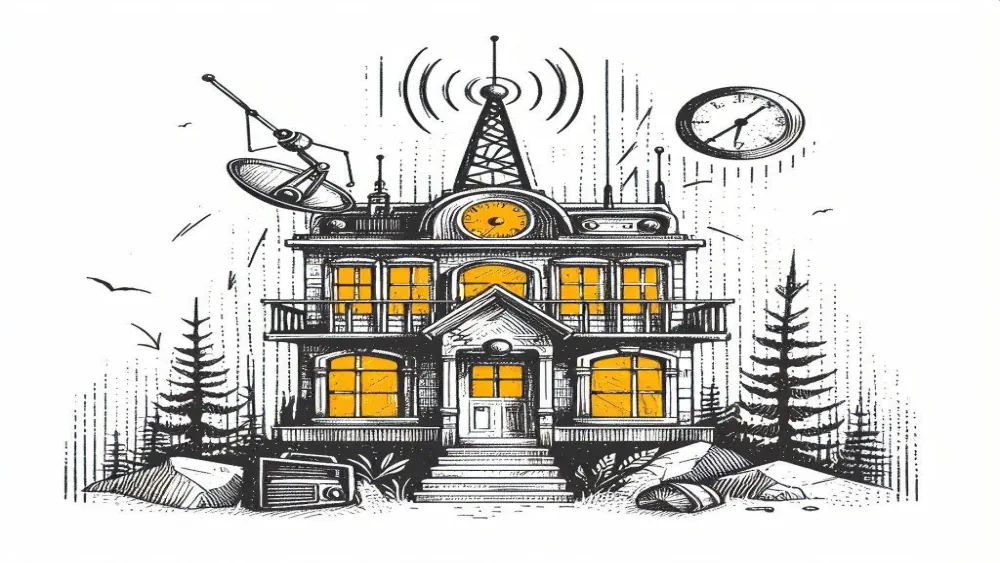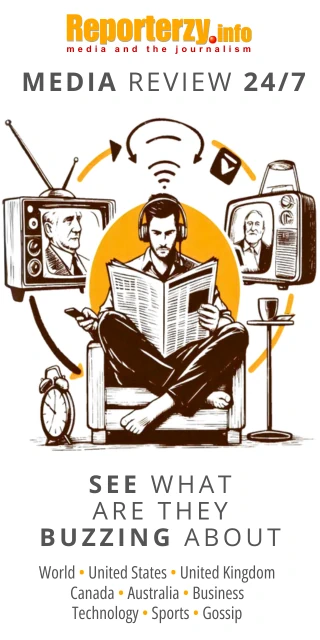 illustration: bing.com/create
illustration: bing.com/createThe first number stations appeared at the end of World War I. Initially, they were used to send simple Morse codes meant for spies and intelligence agents. Over time, the transmissions became more complex, incorporating sequences of numbers, letters, and even words in various languages.
The Cold War era was the peak of number station activity. They served as tools of propaganda and disinformation, broadcast by governments and intelligence agencies on both sides of the Iron Curtain. Although the number of active number stations significantly decreased after the Cold War, they still operate in many parts of the world. Their purposes and methods remain largely unknown, sparking much speculation and conspiracy theories. Some are still used by intelligence agencies, while others transmit religious or political messages.
Based on their content, number stations can be categorized into:
- Stations broadcasting strings of numbers and letters: These stations broadcast sequences of numbers, letters, or combinations of both, often without clear meaning to the average listener. An example is UVB-76, also known as "The Buzzer."
- Stations broadcasting messages: These stations transmit short, coded messages intended for specific recipients, such as spies or intelligence agents. An example is The Lincolnshire Poacher, used by British intelligence during World War II.
There are also other, less common types of number stations, such as those that broadcast natural sounds, time signals, and experimental transmissions. Some even play music or propaganda messages.
Studying and classifying number stations is a complex task due to their often hidden nature and lack of reliable information about their origins and purposes.
Broadcasting Methods of Number Stations
Number stations use different methods to broadcast their signals, depending on their purpose and available technology. Some of the most common methods include:
- Shortwave Broadcasting (SW): This is the most popular method for broadcasting number station signals. Shortwave signals can travel long distances, reaching audiences worldwide.
- AM Broadcasting: Amplitude modulation (AM) is a simple and relatively inexpensive broadcasting method, commonly used in commercial radio. However, AM signals are prone to atmospheric and other types of interference.
- USB Broadcasting: Upper Sideband (USB) modulation is more efficient than AM, providing better sound quality and less susceptibility to interference.
- LSB Broadcasting: Lower Sideband (LSB) modulation is similar to USB but offers better signal penetration in challenging propagation conditions.
In addition to these basic methods, number stations may also use more advanced broadcasting techniques, such as:
- Digital Broadcasting: Digital signals provide higher sound quality and are less susceptible to interference than analog signals.
- Spread Spectrum Broadcasting: This technique involves broadcasting the signal from multiple locations, making it harder to trace or interfere with.
Receiving Number Station Signals
Receiving number station signals can be challenging due to their weak and often distorted nature. In addition to standard radio receivers, listeners may also use specialized equipment, such as:
- Scanners: Scanners allow quick searches across different radio frequencies, making it easier to find number station signals.
- Directional Antennas: Directional antennas can focus on a signal from a specific direction, improving reception quality.
- Demodulation Software: This software can demodulate AM, USB, and LSB signals, allowing users to listen to broadcasts from number stations.
It’s important to note that many number station broadcasts are coded or encrypted, making them difficult to understand without the proper key or knowledge.
Researchers and enthusiasts of number stations use various techniques to crack codes and decrypt the messages broadcast by these stations. They employ cryptography knowledge, frequency analysis, and other methods to uncover hidden meanings in these transmissions. As noted by Wikipedia, almost no government or broadcaster has officially acknowledged the use of number stations.
COMMERCIAL BREAK
New articles in section Media industry
Advertising market 2025. Poland, Europe and the World
Marcin Grządka
The global advertising market is growing by 8.8% in 2025 and will reach a value of 1.14 trillion dollars. The industry result in Europe records slightly lower dynamics, at the level of 5.8%. In this comparison, Poland performs clearly above the average. We will record an increase of 8.9% this year and a value of 18.56 billion PLN - estimates WPP Media in the annual report "This Year Next Year".
The print media market 2025. Three global trends
Krzysztof Fiedorek
The market value is 359.53 billion dollars, yet the erosion is visible to the naked eye. The decline for newspapers will amount to -2.3 percent. Despite this, print retains strength: it generates 76 percent of subscription revenues and enjoys 82 percent consumer trust. The future of the industry is defined by hybrid strategies and niche specialization.
Journalism in the age of AI. Why people prefer humans over machines
Krzysztof Fiedorek
Only 12% of people accept news created solely by AI, while 62% prefer those written by humans. At the same time, only 19% notice labels indicating the use of artificial intelligence, while younger audiences ask AI to explain the content to them. These are the findings of the Reuters Institute report on artificial intelligence in media.
See articles on a similar topic:
E-commerce Forecasts in Poland. Trends for 2024 and Beyond
Krzysztof Fiedorek
In 2024, e-commerce in Poland is reaching new heights, with an increasing number of consumers regularly shopping online. The report "E-shopping Habits of Poles 2024," prepared by SAMOSEO analysts, analyzes current trends and forecasts the industry's near future.
The most valuable female personal brands in Polish fashion. IMM report
KFi
The ten most popular people in Poland in the "fashion" category generate over 1.5 billion contacts across all types of media in a year. Their value is nearly 400 million zlotys. The ranking was prepared by the Institute of Media Monitoring for "Forbes Women" magazine.
Energy under attack. Disinformation threatens Poland’s power transition
KFi
One in five online messages about energy may be fake. Between 2022 and 2025 nearly 70,000 publications warning and condemning disinformation in this strategic sector were recorded in Polish media. They generated a reach of 1.19 billion impressions.
Digital Press Reading Habits
Bartłomiej Dwornik
What time of day do we most often reach for e-newspapers and e-books? According to a study by Legimi, peak times are between 6 p.m. and 11 p.m. It’s time to dismiss the notion that weekends are our favorite reading days.






























